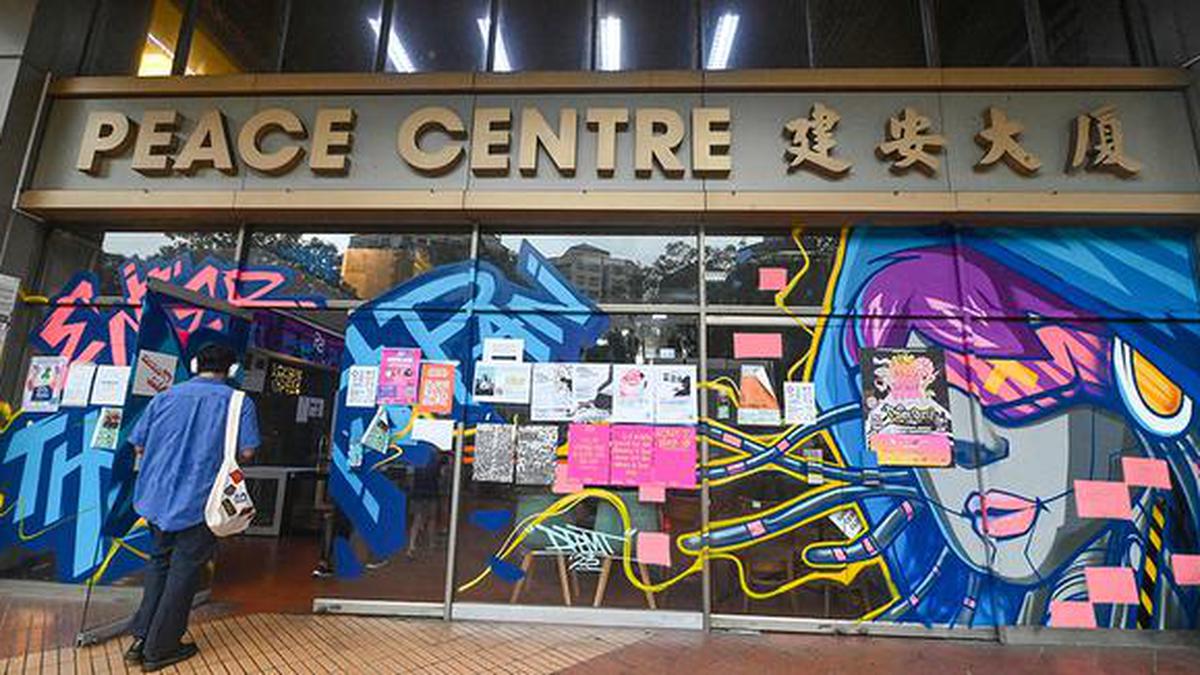
In Singapore, where graffiti is banned, young creatives have taken over an abandoned mall, spray painting colourful murals and holding art workshops to bring the space back to life.
Around half a century old, the Peace Centre is scheduled to face the wrecking ball later this year, but fans say it has provided a rare space for self-expression.
Permission from authorities is required for any kind of street art in the southeast Asian country.
In August last year, PlayPan, an initiative co-founded by entrepreneur Gary Hong, convinced developers to postpone the mall’s demolition.
‘Social experiment’
The answer the initiative’s backers received was that they could go ahead and use the space for “a social experiment to bring (the) community together”, Mr. Hong said.
They were given the space to host performances and workshops for several months, allowing artists, students, charities and small businesses to set up shop for free or at heavily discounted rates.
The eclectic mix of pop-up stores, art tours and musical performances has transformed the once lacklustre mall into an unexpected art haven. At the end of January, however, the mall will close definitively, bringing an end to the art project.
Peace Centre was once a popular mall but lost its shine to glitzier shopping centres that mushroomed over recent years.
In the last two decades it was mostly known for its printing shops and seedy karaoke lounges.
Since its revamp into an art space, young people have attended graffiti workshops, colouring shuttered shopfronts with spray cans while punters browsed through second-hand clothing stalls and exhibits. “It’s not something you do on a normal weekend, less so inside an indoor area, in a mall,” said Darryl Poh, a sales trader who took part in a spray-painting workshop.
Such spaces are uncommon in Singapore, a top financial hub in Asia. “I think you just got to know where to look. The government can curate things, but people are still going to do their own thing,” said Ning Fei who was selling typewritten poems.
The outer walls were plastered with flyers advertising activities from ukulele classes to pebble painting, while a futuristic mural welcomed visitors arriving at the main entrance. “I’m going to miss this community very much. I’m glad to have plugged in and participated in this swan song,” Gabriel, a photographer who asked to be identified only by his first name, said.
This post was originally published on this site be sure to check out more of their content.

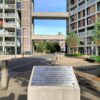
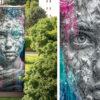

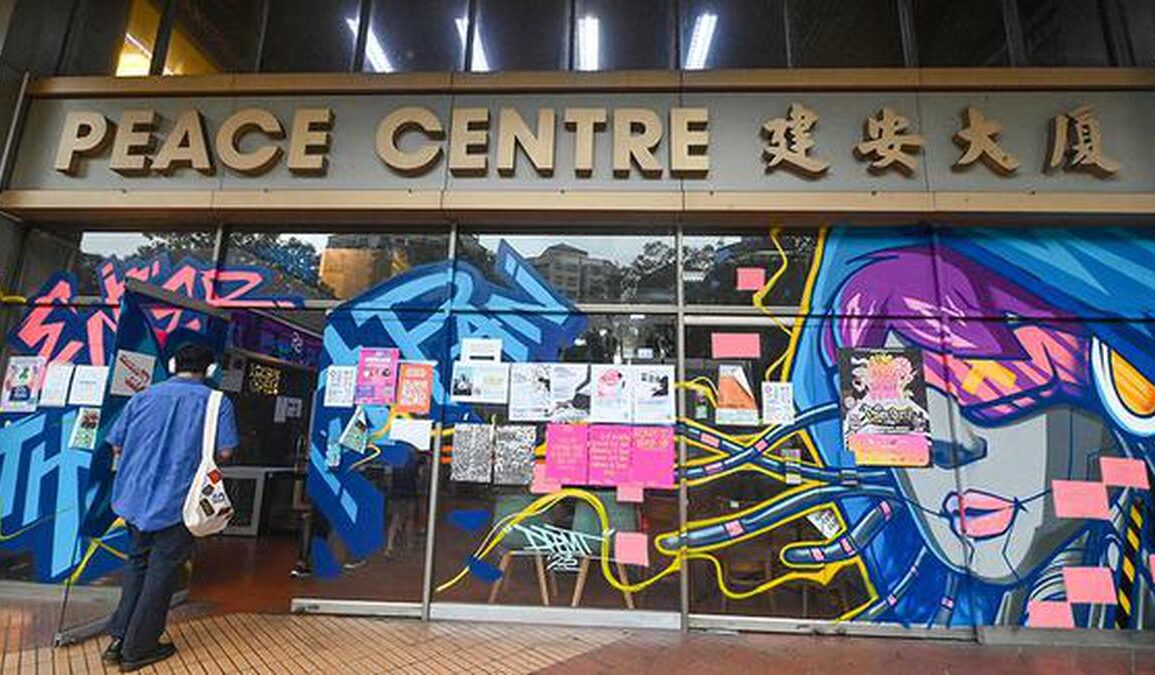
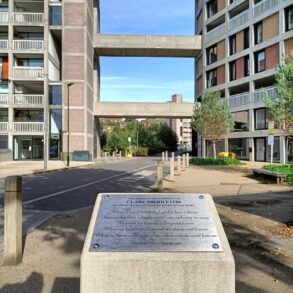

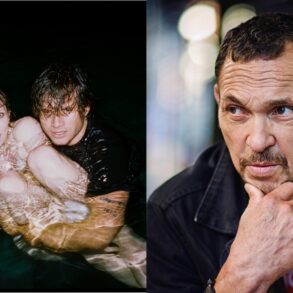


COMMents
SHARE
Email